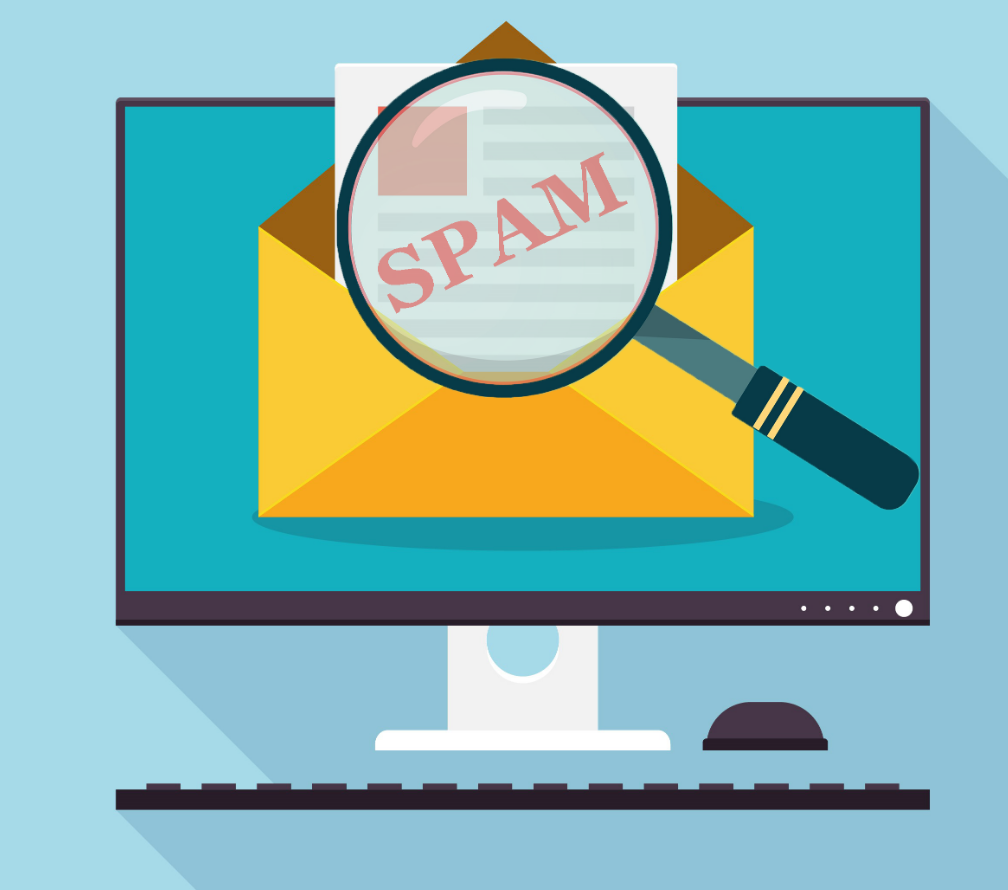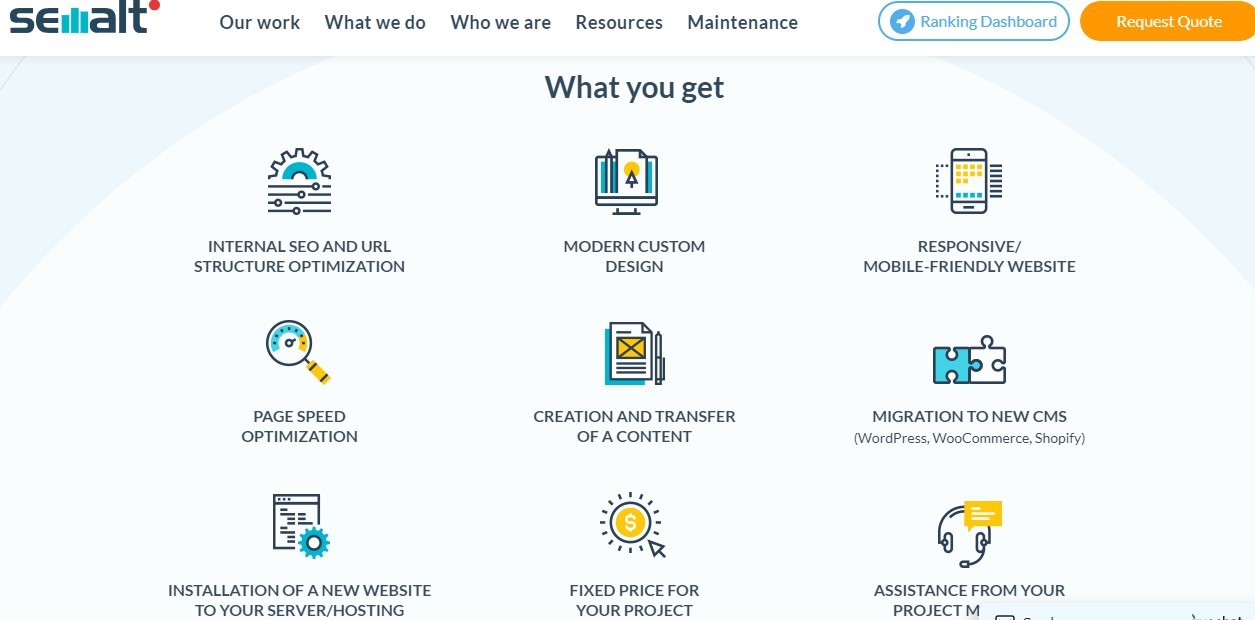Stop Spam With Semalt

Table of Content
- Introduction
- What is Website Spam
- What is Comment Spam
- Problems Associated with Comment Spam
- How to Stop Comment Spam on your Website
- Conclusion
1. Introduction
The internet has become a spam land, and that is not unconnected to the surge of internet users. As a website administrator, one of the things you'd notice is that spamming is pretty common. Once your website starts getting some level of traffic and audience interaction, you'd start noticing spam. It is particularly common in the comment section, but you'd also come across contact form spam, sign up spam, referral spam, etc.
Not only can spam have an impact on your website's analytics (Google Analytics), but it can also leave a poor impression on your visitors concerning your site. There is hardly a way to totally stop spamming, but you can take a bold step to limit spamming activities on your site. But firstly, you have to closely monitor your site to understand what is going on as well as the type of spam that affects your site the most.
This will enable you to know the right action to take to stop the spamming activities. If you find this a tedious affair or you aren't able to work things out perfectly, you should contact us here at Semalt. In fact, let us take the burden off your hands and help you handle your site's affairs right from the start. We'd handle the spamming problem swiftly and also ensure that your site becomes spam-free.

2. What is Website Spam?
Website spam is any form of alteration that you didn't engineer, that's affecting your website. It could be malicious affiliate links being attached to your comment section. It could be ghost sign-ups or ghost contact form filling. It could even be the altercation of your website's programming code. Whatever form it takes, spamming can be very annoying and equally tedious to deal with.
Spamming usually occurs through bots engineered by humans. Most times, they aim to simulate visits (huge traffic) to their domain through your site and that of many others. The spam might be luring unsuspecting visitors to carry out fraudulent activities with their details. Also, the spam might be to positively impact their traffic and ranking. This occurs through the high numbers of spam links they place on other sites.
Of course, the result of their spamming activities makes them happy because they'd have high traffic. Also, they'd gain revenue through the ads displayed on their domain. But this is not a symbiotic relationship. While it is beneficial to spammers, it can be detrimental to your website. This is why you should note spamming activities on your site and seek ways to eliminate them. Since comment spam is the most common type of website spam, more emphasis would be placed on it in this guide.
3. What is Comment Spam?
This is the most common spam for websites, and it is easily recognized by the generic bot-like message (s) that surfaces in the website section. If you have other comments on your page, you'd notice that spam comments have a different format than every other comment there. This is because they are usually posted by spambots. They don't correlate to the topic being discussed.
Also, they tend to contain links that look malicious. They might start as just one or two spam comments, but if you don't handle them fast, they might duplicate till they push down regular human comments. That's why you should tweak your website to defend it from spam comments and the problems associated with it.
4. Problems Associated with Comment Spam
Whatever form website spamming takes, it is a serious problem, but with comment spam, the consequences are usually quite visible. Here are some of the consequences of comment spam.
- When your comment section gets filled with spam messages, real human visitors (readers) won't see the need to comment. Why? All they can see would be unrelated spammy comments. Also, your readers won't be able to hold a real conversation with you or amongst themselves in your comment section because spam bots would keep throwing in spam comments.
- Spam comments would make your comment section and, of course, your website itself, look unprofessional or spammy.
- If you leave spam comments on your website without doing anything about them, then you are giving the spammers "go ahead" to infect your visitors' devices with malware. It means you are also saying that they can steal your audience's personal information for fraudulent activities.
- Comment spam can slow your website down and reduce its loading speed. And when that happens, your bounce rate would likely increase. That, in turn, means that Google might de-rank your site.
- Comment spam can cause inaccurate Google analytics data. And if you aren't able to accurately determine your website's state, you might lag in content marketing and overall revenue lead.
The above is just a few of the many reasons why spam, particularly comment spam, is detrimental to your website. That's why you should do all you can to stop spam comments from appearing on your page. If you are looking to own a new website, you should ensure that it is designed with the best tools available and also secure. At Semalt, we help people and businesses build websites that are secured and protected.

5. How to Stop Comment Spam on your Website
Since comment spam is detrimental to your website, you should be intentional about getting rid of it to gain total control of your website. Here are some ways by which you can stop spam comments from appearing on your site.
- Reduce the Number of Links Your Site Allows per Comment
Most spam comments contain multiple malicious links with clickbait headings to make people click them. If you change your website's setting to accept only one or two links, comment spamming will reduce. This also means that your legitimate audience might not be able to add many links as well, but that's still okay.
Why? Even humans shouldn't add many links to their comment section. They might be using them to generate traffic for their blog. So, if spambots try sending spam comments with multiple links to your comment section, the comment would be flagged for moderation.
- Create a List of Blacklisted Words
Most spam comments contain keywords or string of words that are easily recognizable to be spam. You can take note of them and create a Blacklist for them. That way, comments with such words or string of words won't appear visible in your comment section. You should only list strings of words and carefully selected words because your blacklisted words would create problems for your legitimate audience when they want to comment.
- Restrict Commenting to only Registered Users
Allowing only registered users to comment is an efficient way of stopping comment spam. Why? Spambots can't register on your site as a user. Since they aren't registered users, they can't comment on your website. This method is also a way to measure your active audience.
This is because only people that are keen about commenting or people that are your frequent site visitors will take the time to register. So, for you, this method is using a stone to kill two birds. You should know, though, that not all your website visitors would take the time to register. Since they can't comment without registering, they won't bother to comment. This shouldn't bother you, though, as you'd have achieved your aim of stopping comment spam.

- Setup a Comment Moderation System
Setting up a comment moderation system means that you would need to vet and approve some or all comments before they appear on your website. The comments posted by people or even bots would be pending until you review them. This strategy is effective because you'd easily notice spam comments and delete them before they formally appear on your website.
Operating a comment moderation system can be tedious, especially if you have lots of comments waiting to be reviewed. So, you choose only to adopt this strategy if you have the time and energy to handle its rigors. Also, the interaction between your visitors wouldn't be smooth because the comments can't appear until you approve them.
- Attach an Anti-spam Plug-in to your Site
Instead of handling the spam comment trouble by yourself, you can install an anti-spam plug-in on your website. The plug-in would stop spam comments by removing the spammy comments and leaving behind the legitimate ones. You should choose a powerful plug-in that would be capable enough to filter the comments well without leaving spam comments behind and throwing out some legitimate ones.
It should be customizable to suit your preferences. Using an anti-spam plug-in is also an effective way of dealing with the spam comment issue. Also, you'd be able to focus on other things to improve your site instead of focusing on your comment section.
6. Conclusion
Spam can quickly take over your site and make it look unprofessional/spammy. This could put off your visitors. Also, it could make your site load slowly while also affecting your website analytics data. For this reason, you shouldn't let your website's spam issue linger. Endeavor to stop it fast to improve your site's overall performance. Don't hesitate to contact Semalt to find a quick and lasting solution to your website's spam problem.